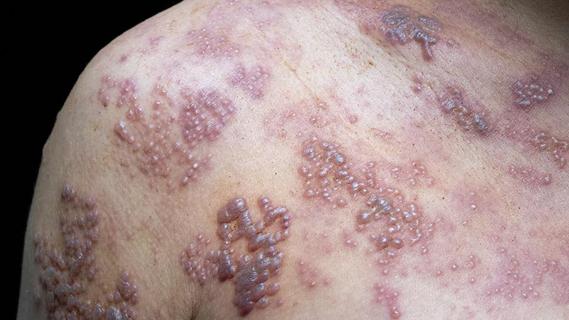
… build model airplanes or put together scrap books.But with the current state of daily life with COVID-19, and so many uncertainties looming in the distance, coloring might just be the ticket to help …

… notes that, as a result of the increase in mental health issues students have faced since the COVID-19 pandemic started, many campuses are joining with telehealth platforms to expand their mental health services.Take …

… which is why it’s important to get vaccinated.”Can a mask prevent shingles?Thanks to the COVID-19 pandemic, people are more open than ever to wearing masks. Especially during respiratory season, it’s …

… your fur-lined boots and that oversized jacket that feels like a hug, of course.Thanks to COVID-19, the hygge-esque tendency toward being alone feels less like a paradise these days and more …
Advertisement
Cleveland Clinic is a non-profit academic medical center. Advertising on our site helps support our mission. We do not endorse non-Cleveland Clinic products or services. Policy

… needed rest.Saline nasal spray: Gently clean out your nostrils for some relief from allergies and congestion.COVID-19-related items“Wherever you go, whether you’re traveling or just going about everyday life, remember …

You’ve probably heard of the placebo effect. That’s the idea that people can be more likely to experience a benefit from a medication or other intervention if they expect it to help. Even …

We’ve all been there. Whether you’re this close to hitting a seven-minute mile, you’re one week into a brand-new Zumba® class or you just started making power walks after …

Norovirus — sometimes called the stomach flu — is as persistent as it is unpleasant. These troublesome germs can survive on people, surfaces and food for up to two weeks!“Norovirus is so contagious, you only need …

A tickle in your throat can be really annoying and uncomfortable. If only you could somehow reach the back of your throat and make. It. Stop.But you don’t have to live with that …

You finally said goodbye to bronchitis and its earth-shaking cough. But now, you’re left with rib muscle pain that taunts you with every breath. Or, maybe you were a little too enthusiastic about …
Advertisement
Advertisement